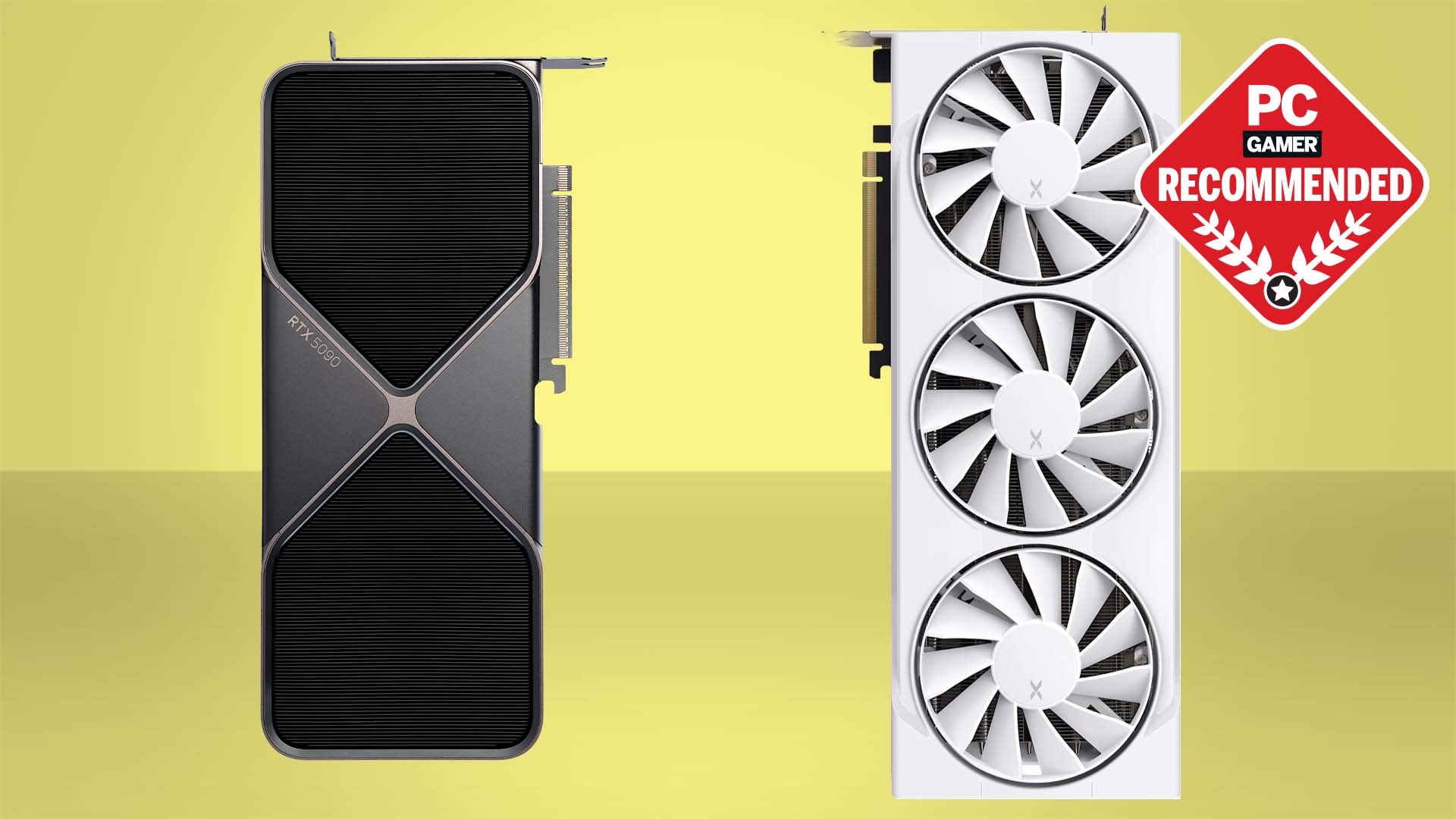A Quick History of Multi-GPU Video Cards
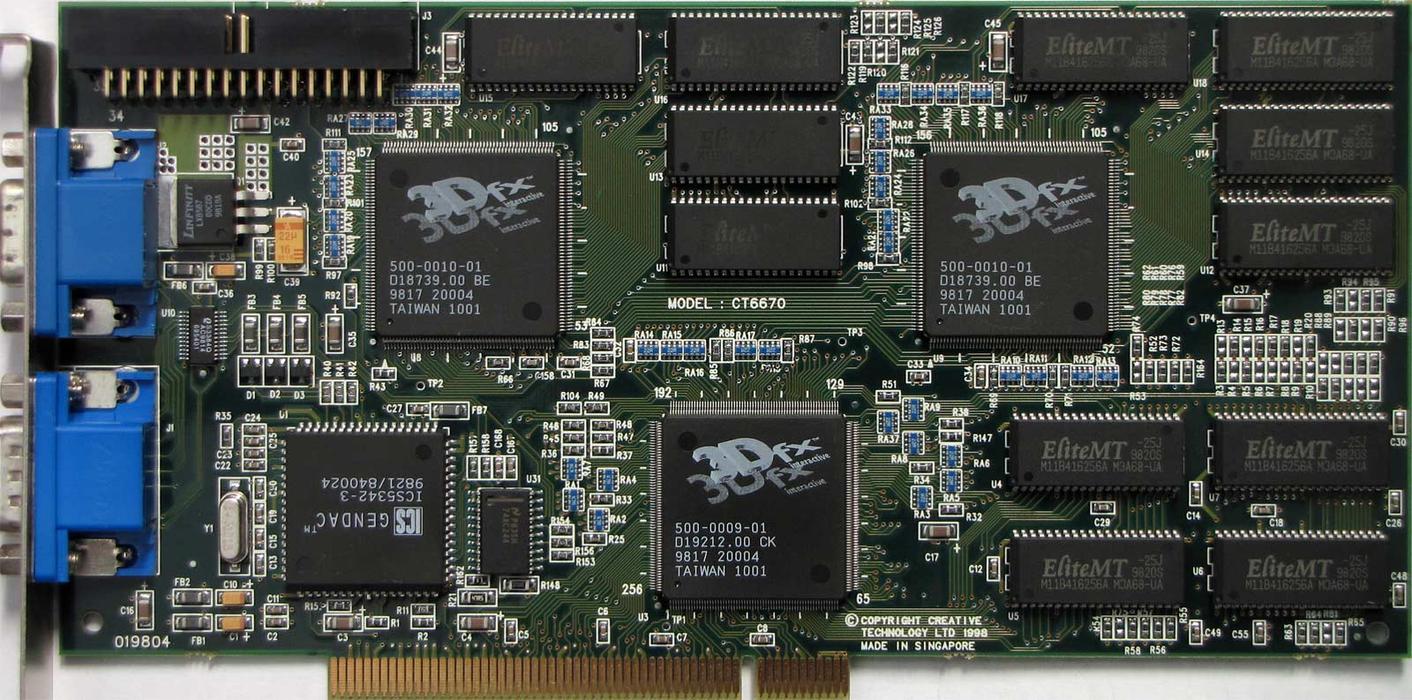
Join us as we look back at the storied history of multi-GPU cards
The Voodoo-line of graphics cards might be long gone, but their impact is still felt today. They ushered in a new era of consumer PCs with relatively powerful video cards that could power the ultra demanding games of yesteryear like Quake and Unreal. It all started with the 3Dfx Voodoo2 and has continued on with modern cards like the Titan Z and R9 295X2.
Some of these boards were more important, popular, and successful than others, but they're all important in the history of consumer graphics cards.
Before we run down the list, it's important that we explain what exactly a GPU is. The term was first coined as part of Nvidia's marketing for the GeForce 256. The company defined it as "a single-chip processor with integrated transform, lighting, triangle setup/clipping, and rendering engines that is capable of processing a minimum of 10 million polygons per second." For our purposes we're sticking with the idea that a GPU is any processor that's specifically made to render pixels.
Do you own any dual-GPU cards?
3Dfx Voodoo2: This is the card that started it all for the gaming scene. Released in 1998 as the successor to the original Voodoo Graphics chipset, the card packed not two GPUs, but THREE on a single card. The Voodoo2 also introduced SLI capabilities to consumer PCs. Two Voodoo2 boards could be linked together to split the task of drawing the display.
Specs: Year: 1998; Price: $240/$300; Core: 90MHz; Memory: 8/12MB 90MHz; Bus: PCI
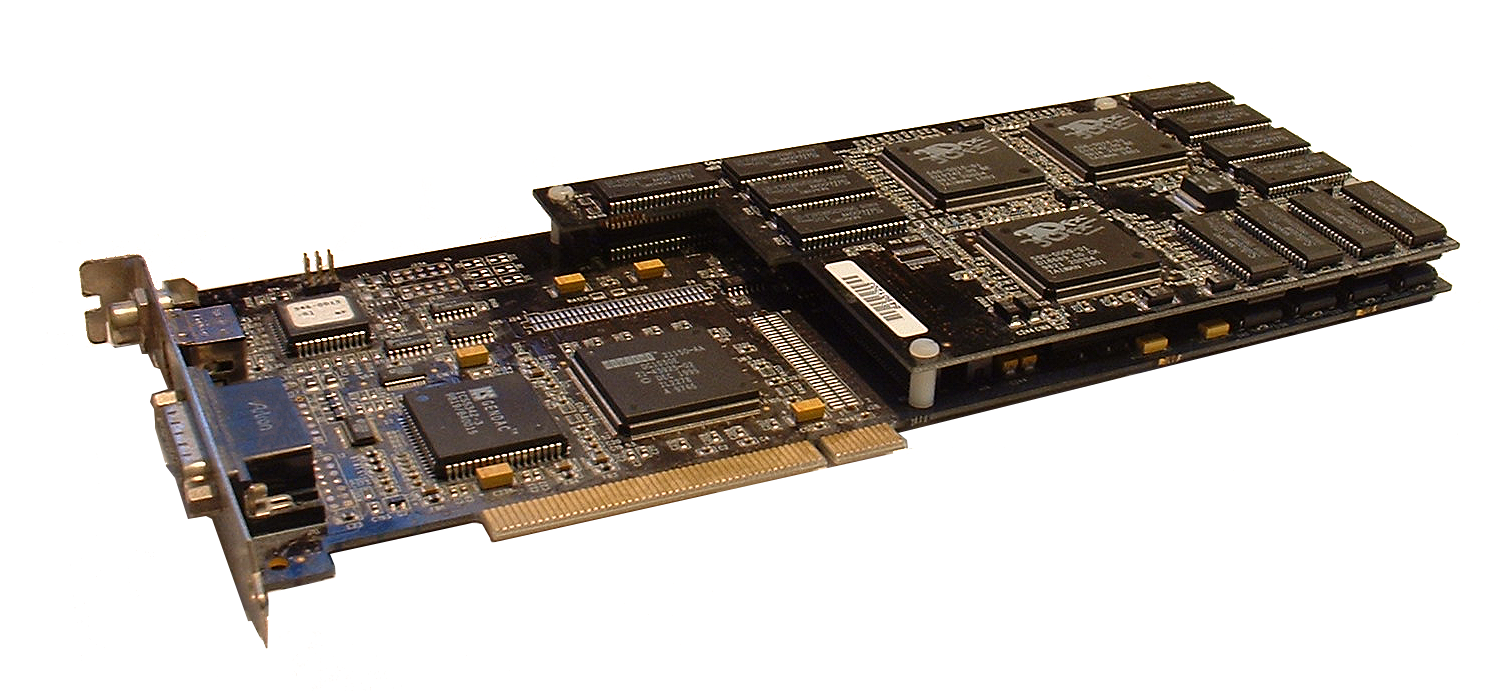
Quantum3D Obsidian2 X-24: The reference Voodoo2 had two Texelfx2 chips for simultaneous texture rendering, but Quantum3D's take on the card went even further. The Obsidian2 X-24 utilized Voodoo's SLI tech to include the guts of two Voodoo2 boards on a single card. Depending on who you ask, this could top the reference Voodoo2 as the first ever dual-GPU card.
Specs: Year: 1998; Price: $600; Core: 95MHz; Memory: 2x12MB 92MHz; Bus: PCI
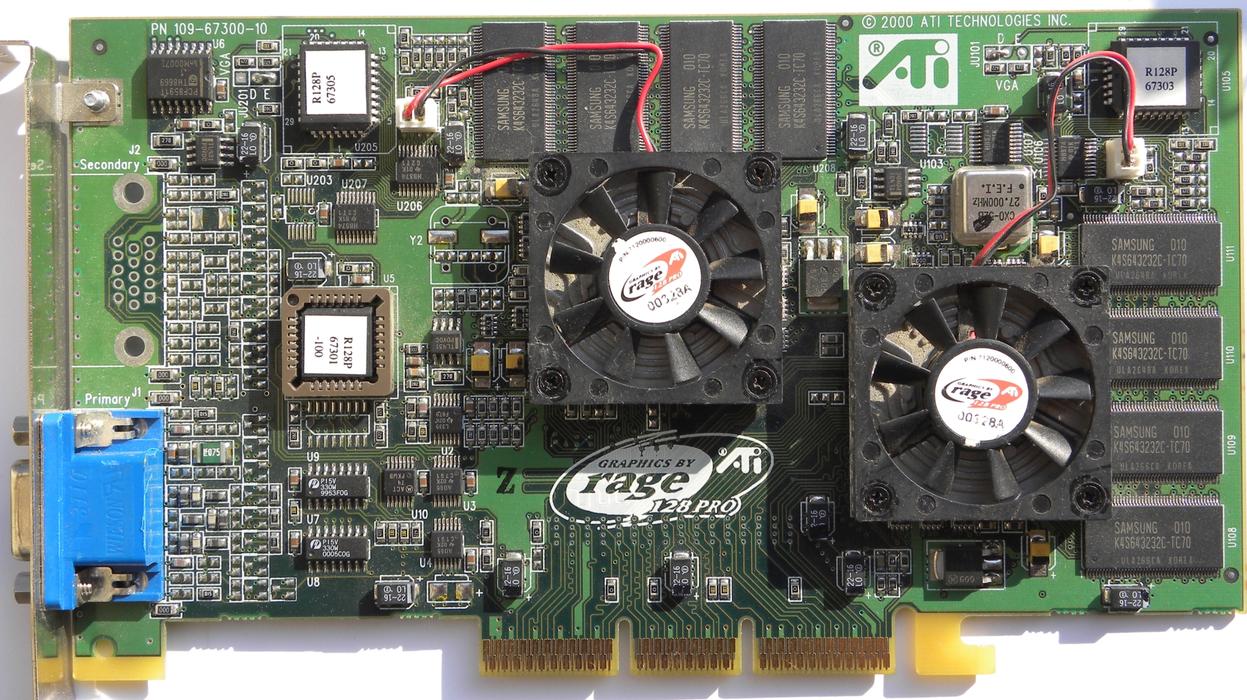
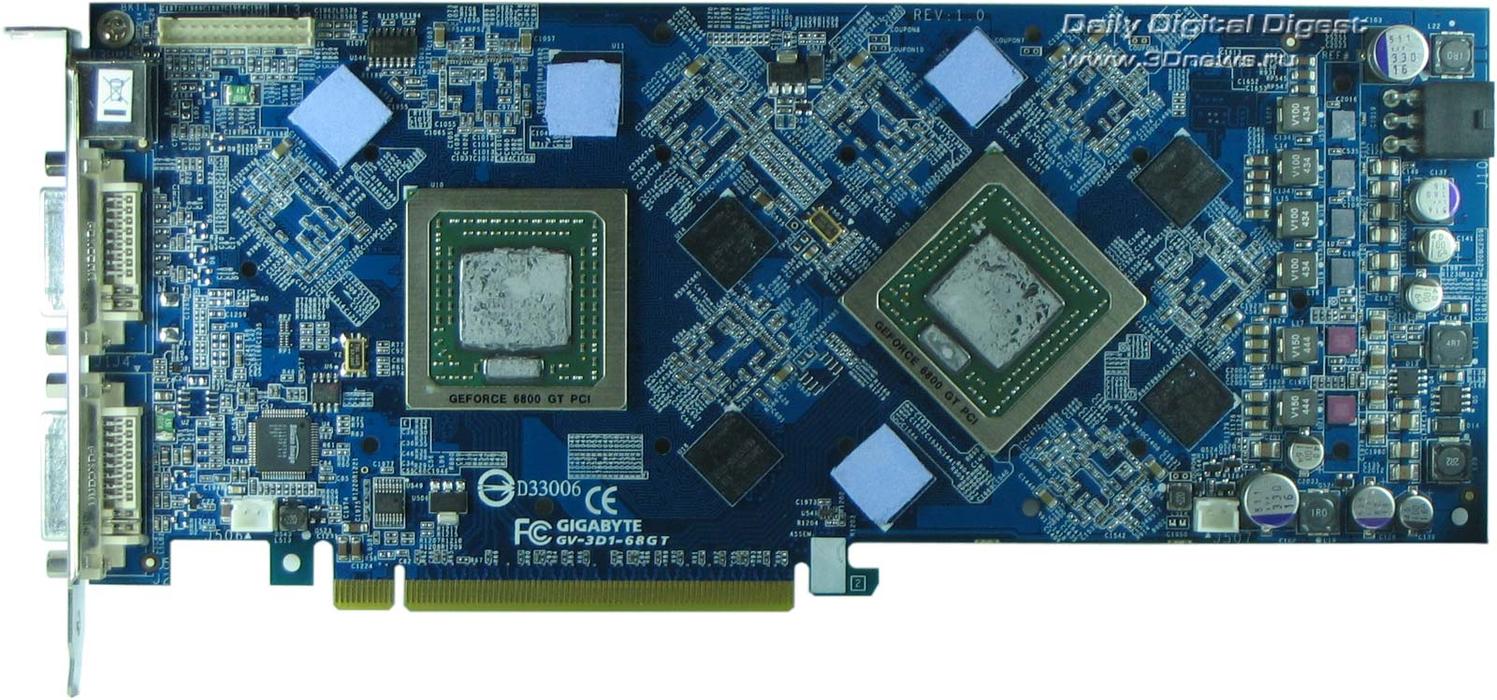
Gigabyte 3D1: Although the ATI Rage Fury Maxx was largely considered a failure, the allure of dual-GPU cards was undeniable. So much so that Gigabyte decided to make their own dual-GPU card. The 3D1 is essentially two GeForce 6600GT cores slapped onto a single card.
Specs: Year: 2005; Price: $600; Core: 500MHz; Memory: 2x128MB, 600MHz; Bus: PCIe
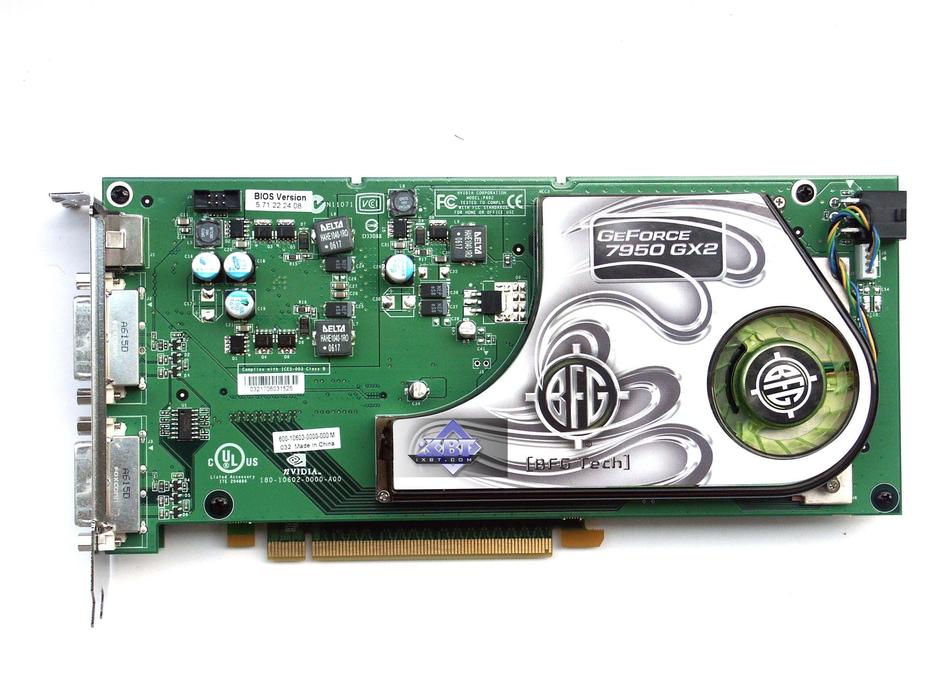
Nvidia GeForce 7950 GX2: The 7950 GX2 was a great card for its time. For a dual-GPU solution, it had low power requirements and a fairly quiet cooler. Although running it in SLI wasn't very effective, as a standalone card it shined.
Specs: Year: 2006; Price: $550; Core: 500MHz; Memory: 2x512MB, 1200MHz; Bus: PCIe
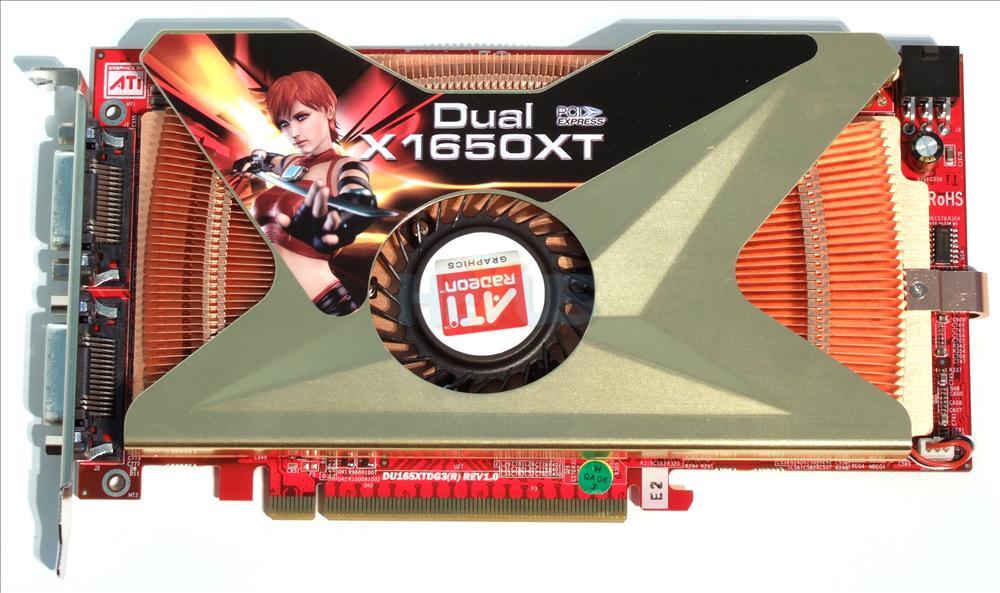
GeCube Radeon X1650 XT Dual: With AMD taking a break from dual-GPU cards, some manufacturers like GeCube decided to pick up the slack by making their own spin-offs. GeCube's hacked solution was called "Self-Crossfire" and tricked the software into thinking that the single card with two GPUs on board was actually two separate graphics cards.
Specs: Year: 2006; Price: $300; Core: 525MHz; Memory: 2x256MB, 700MHz; Bus: PCIe
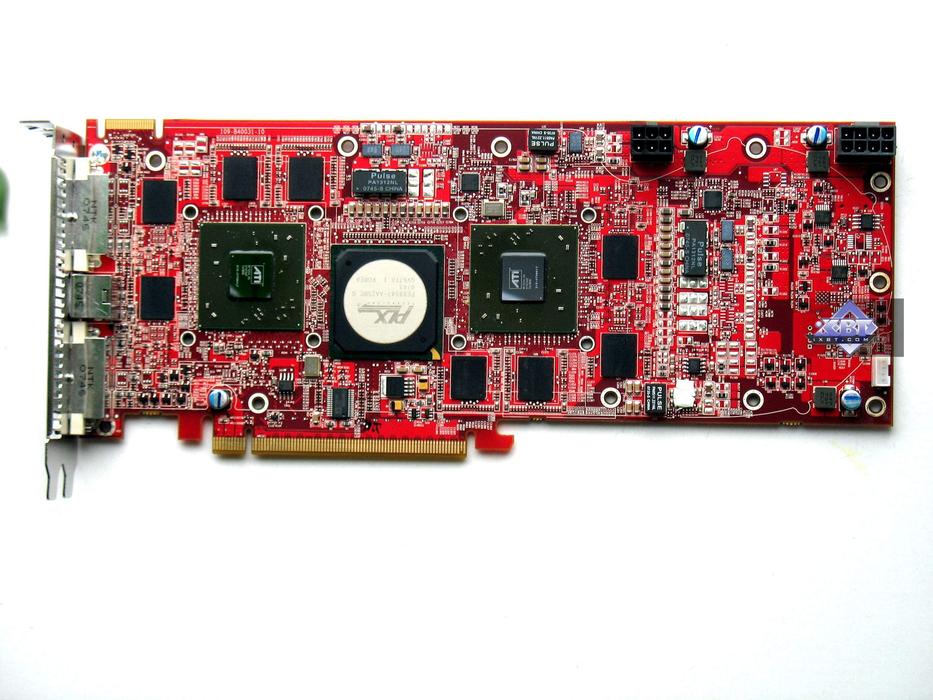
AMD Radeon HD 3870 X2: This card was a real doozy. At a time when AMD was falling behind in both CPUs and GPUs, the HD 3870 X2 was a glimmer of hope. The card outperformed competing single-card solutions and was priced to sell. It was joined a couple of months later by its baby brother, the HD 3850 X2.
Specs: Year: 2008; Retail Price: $450; Core: 825MHz (1650MHz total); Memory: 2x512MB GDDR3, 900MHz; Bus: PCIe
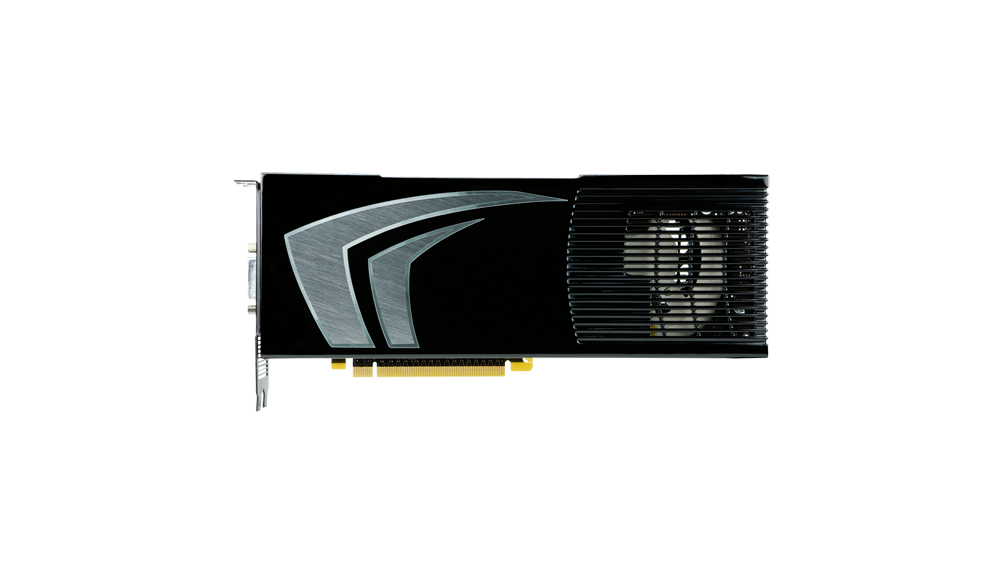
Nvidia GeForce 9800 GX2: It may have been the fastest card in 2008, but the card wasn't without its problems. In some benchmarks, the $600 graphics card would barely outpace the far cheaper 8800 Ultra. It earned the award for best performance, but it just wasn't economical for most gamers at the time.
Specs: Year: 2008; Price: $600; Core: 600MHz (1200MHz total); Memory: 2x512MB GDDR3, 1000MHz; Bus: PCIe
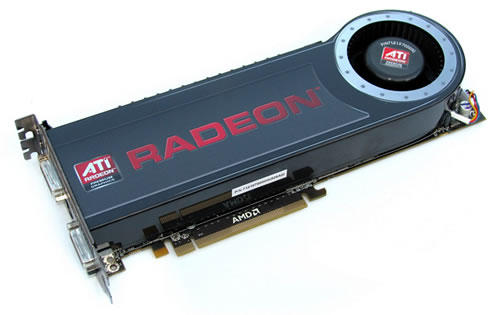
AMD Radeon HD 4870 X2: Soon after the 9800 GX2 topped the GPU performance charts, AMD answered back with the 4870 X2. It became the fastest single card solution with a budget version available in the form of the 4850 X2. It was priced reasonably for what it was, but as always, the top cards have a premium price.
Specs: Year: 2008; Price: $550; Core: 750MHz; Memory: 2x1GB,900 MHz; Bus: PCIe
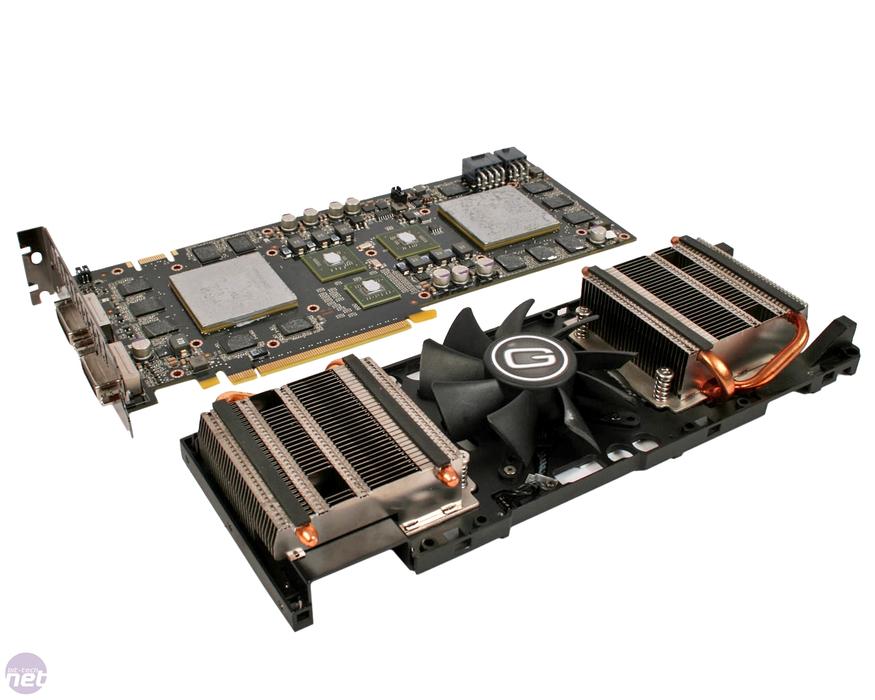
Nvidia GeForce GTX 295: With great cards like the 3870 X2, 4870 X2, and even the GTX 260 and 280 available, the GTX 295 occupied a weird spot in the graphics card marketplace. It passed the 4870 X2 as the top performer, but wasn't a reasonable purchase for anyone that wasn't running anything higher resolution than a 1080p monitor.
Specs: Year: 2009; Price: $500; Core: 576MHz; Memory: 2x896MB, 999MHz; Bus: PCIe
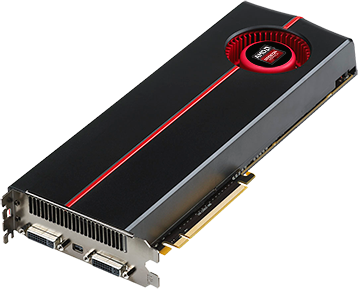
AMD Radeon HD 5970: This was a monstrous card with a lofty price and spectacular performance. As a high-end card, it wasn't really meant for single-monitor usage. Instead, AMD included support for Eyefinity which was the perfect use case for the card. Crossfire two of them, and you had enough collective power for crazy triple monitor setups.
Specs: Year: 2009; Price: $600; Core: 725MHz; Memory: 2x1GB, 1GHz; Bus: PCIe
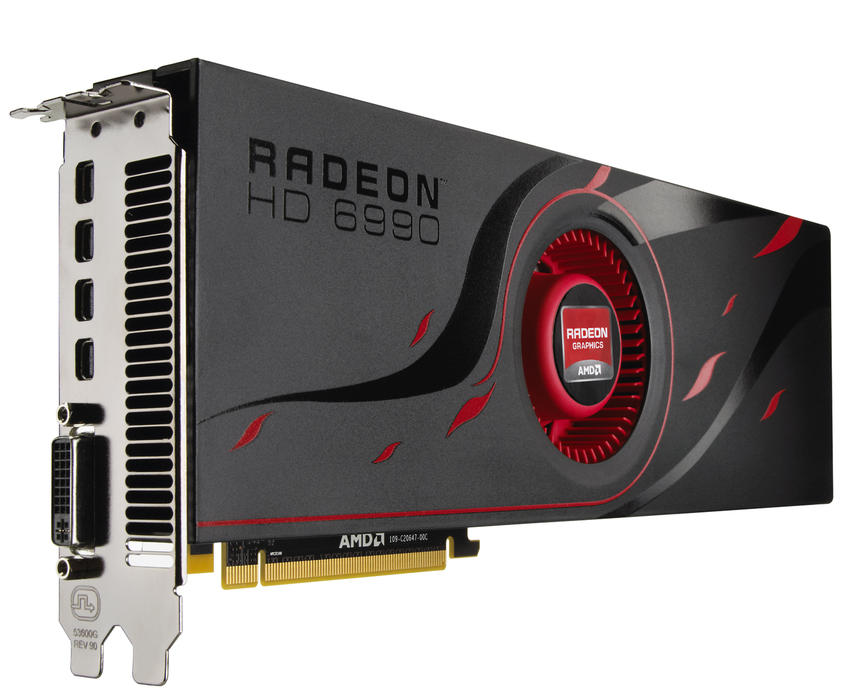
AMD Radeon HD 6990: The 6990 made a huge splash when it was released in 2011. It was astronomically powerful, but also obnoxiously loud. The card used a ridiculous amount of power and compensated by having a giant cooler with a fan that quickly entered hairdryer mode when under load.
Specs: Year: 2011; Price: $700; Core: 830MHz; Memory: 2x2GB, 1.25GHz; Bus: PCIe
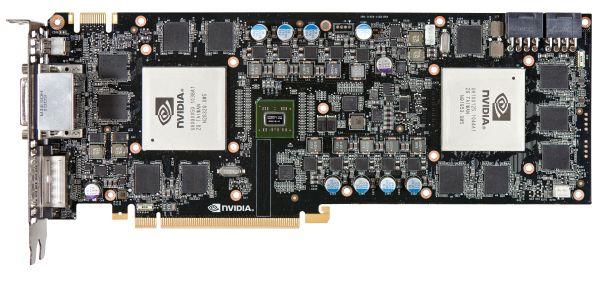
Nvidia GeForce GTX 590: The Nvidia, AMD battle continued with the GTX 590 and the Radeon HD 6990. Both cards showed up around the same time, with the same price, and similar performance. It was a toss up between the two, with various small differences. The GTX 590 was slightly quieter, but fell behind on particularly demanding games.
Specs: Year: 2011; Price: $700; Core: 607MHz; Memory: 2x1.5GB, 853MHz; Bus: PCIe
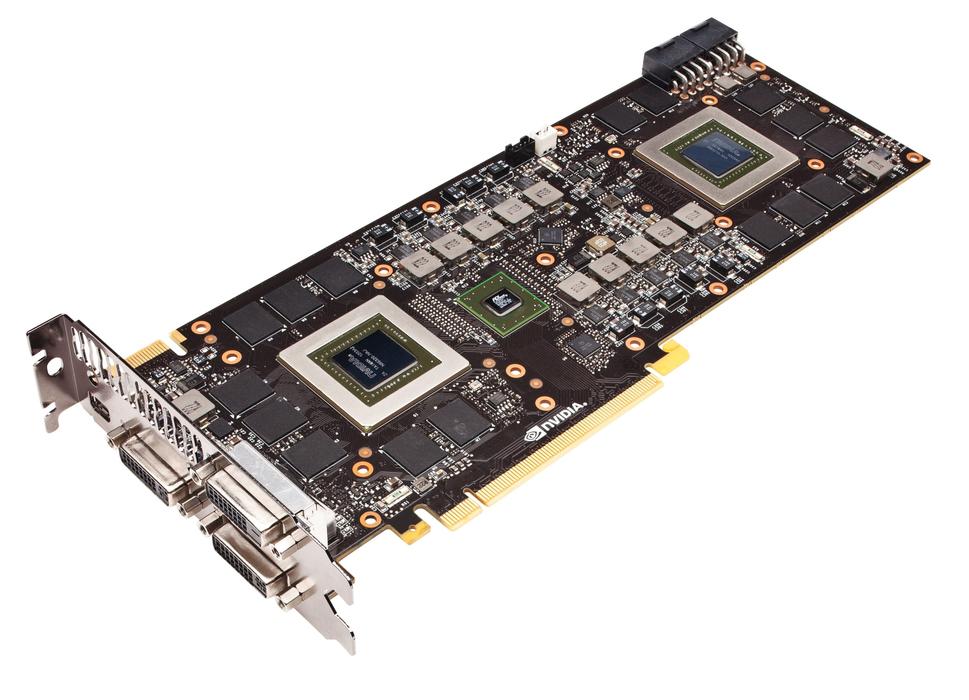
Nvidia GeForce GTX 690: The GTX 690 represented another leap forward, but its worth was still questionable. At $1000, the card lacked 4GB of RAM for each GPU (8GB total) and instead went with two 2GB modules. That said, for gamers running high resolutions like 2560x1600 or 5760x1200, the GTX 690 was one of the only options for 60 FPS gaming.
Specs: Year: 2012; Price: $1000; Core: 915MHz; Memory: 2X2GB, 6.008GHz; Bus: PCIe
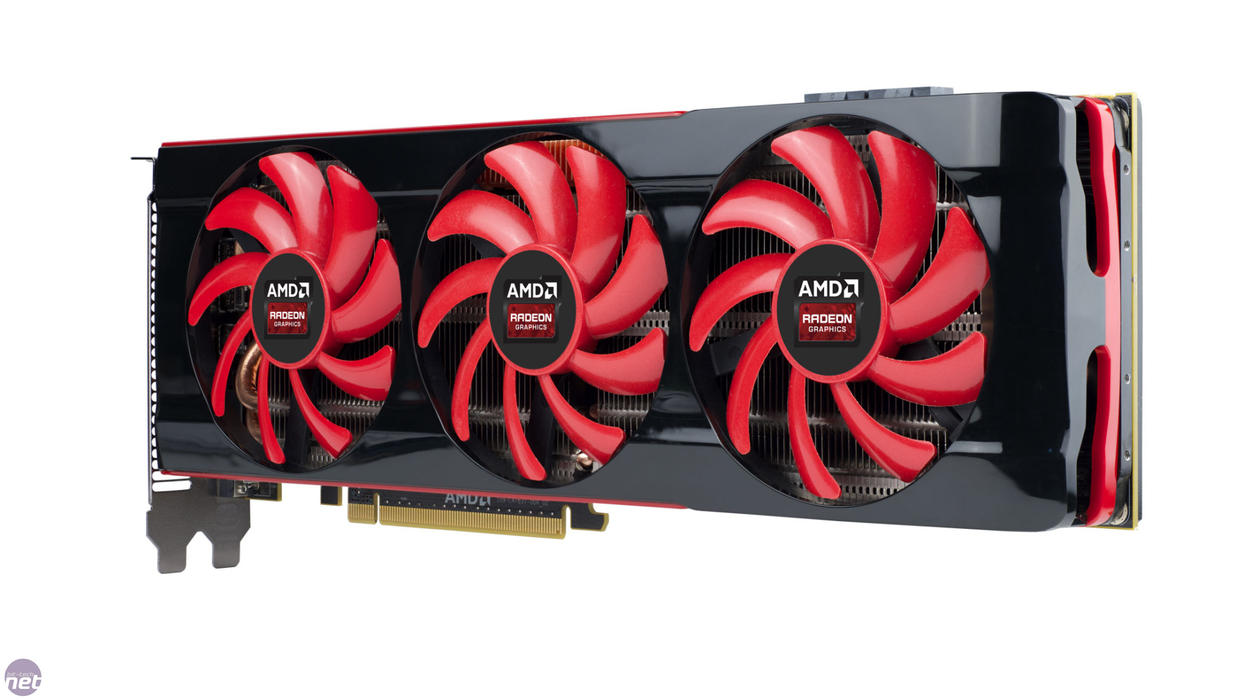
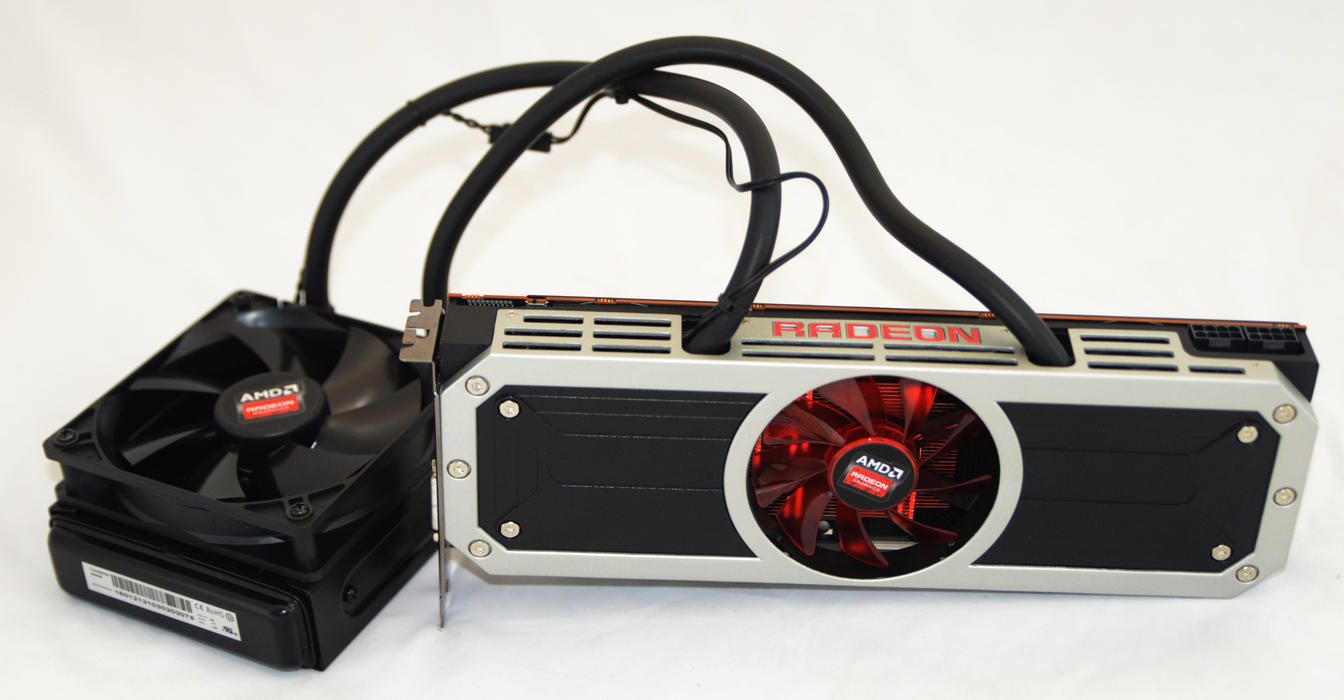
AMD Radeon R9 295X2: AMD calls this an "uncompromised" card and it's clear that they aren't exaggerating. This 500W TDP card has a built-in liquid cooling loop to keep things from getting too toasty. The R9 295X2 sets a new standard for ultra high-end dual-GPU cards. It's $1500, but it's beefy, powerful, and a little bit crazy.
Specs: Year: 2014; Price: $1500; Core: Up to 1,018MHz; Memory: 2x4GB, 5GHz; Bus: PCIe
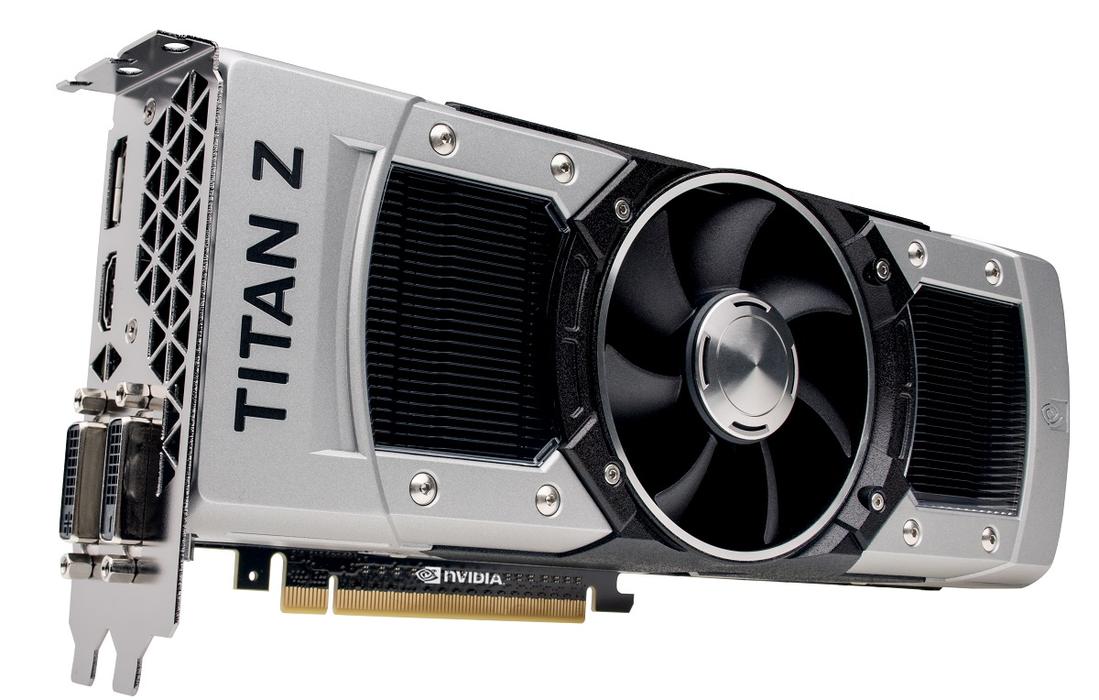

Alan has been writing about PC tech since before 3D graphics cards existed, and still vividly recalls having to fight with MS-DOS just to get games to load. He fondly remembers the killer combo of a Matrox Millenium and 3dfx Voodoo, and seeing Lara Croft in 3D for the first time. He's very glad hardware has advanced as much as it has though, and is particularly happy when putting the latest M.2 NVMe SSDs, AMD processors, and laptops through their paces. He has a long-lasting Magic: The Gathering obsession but limits this to MTG Arena these days.
